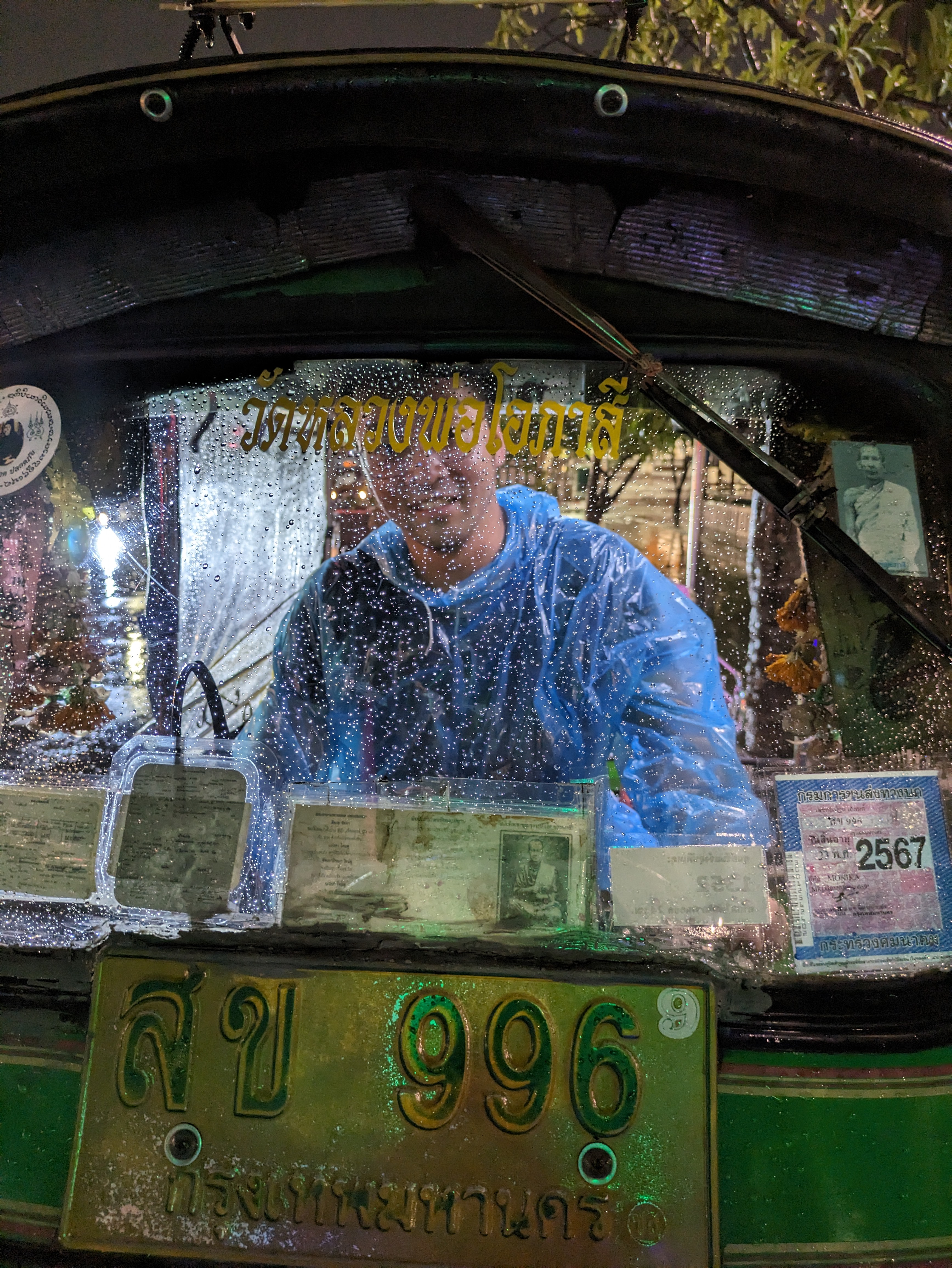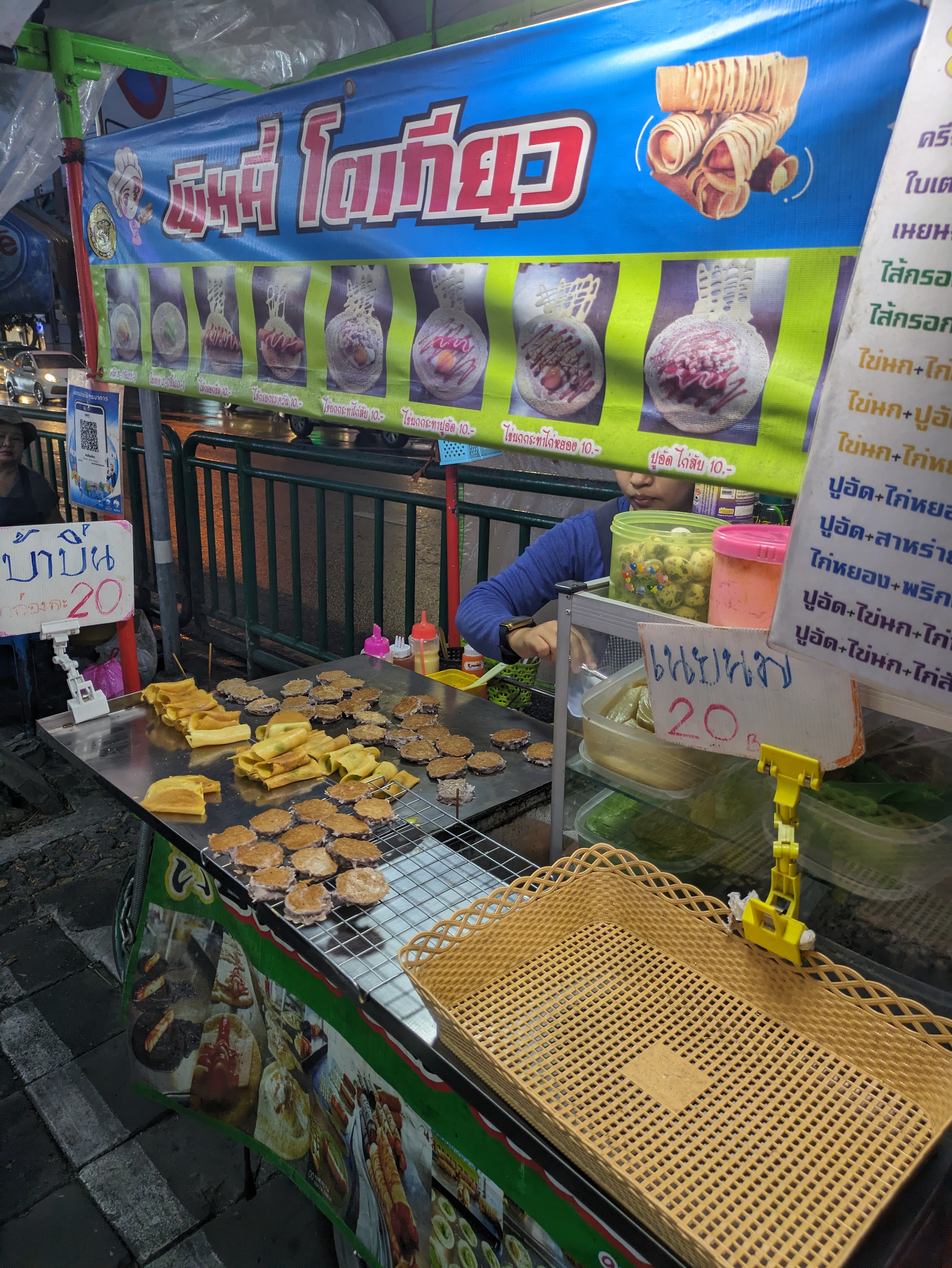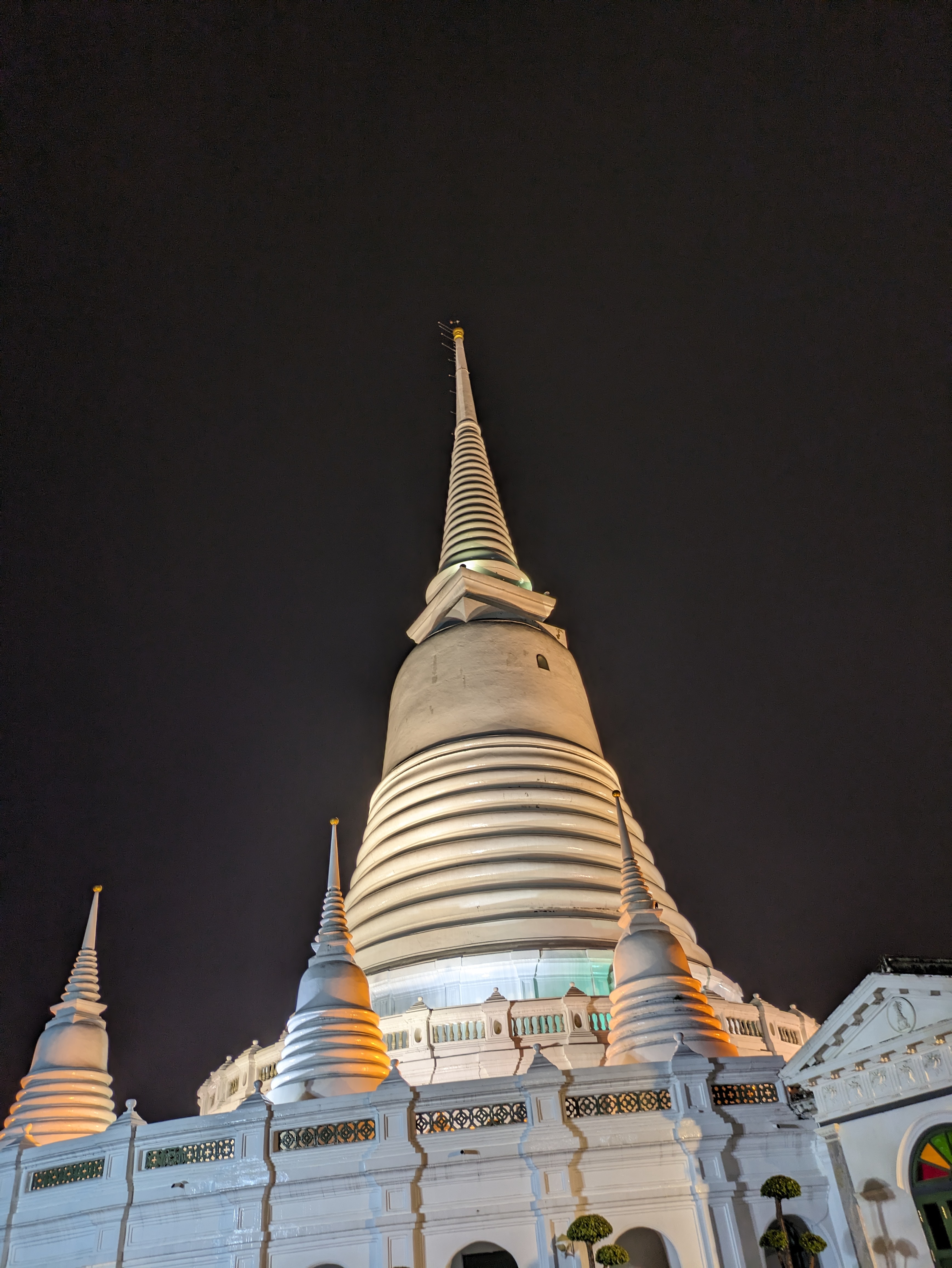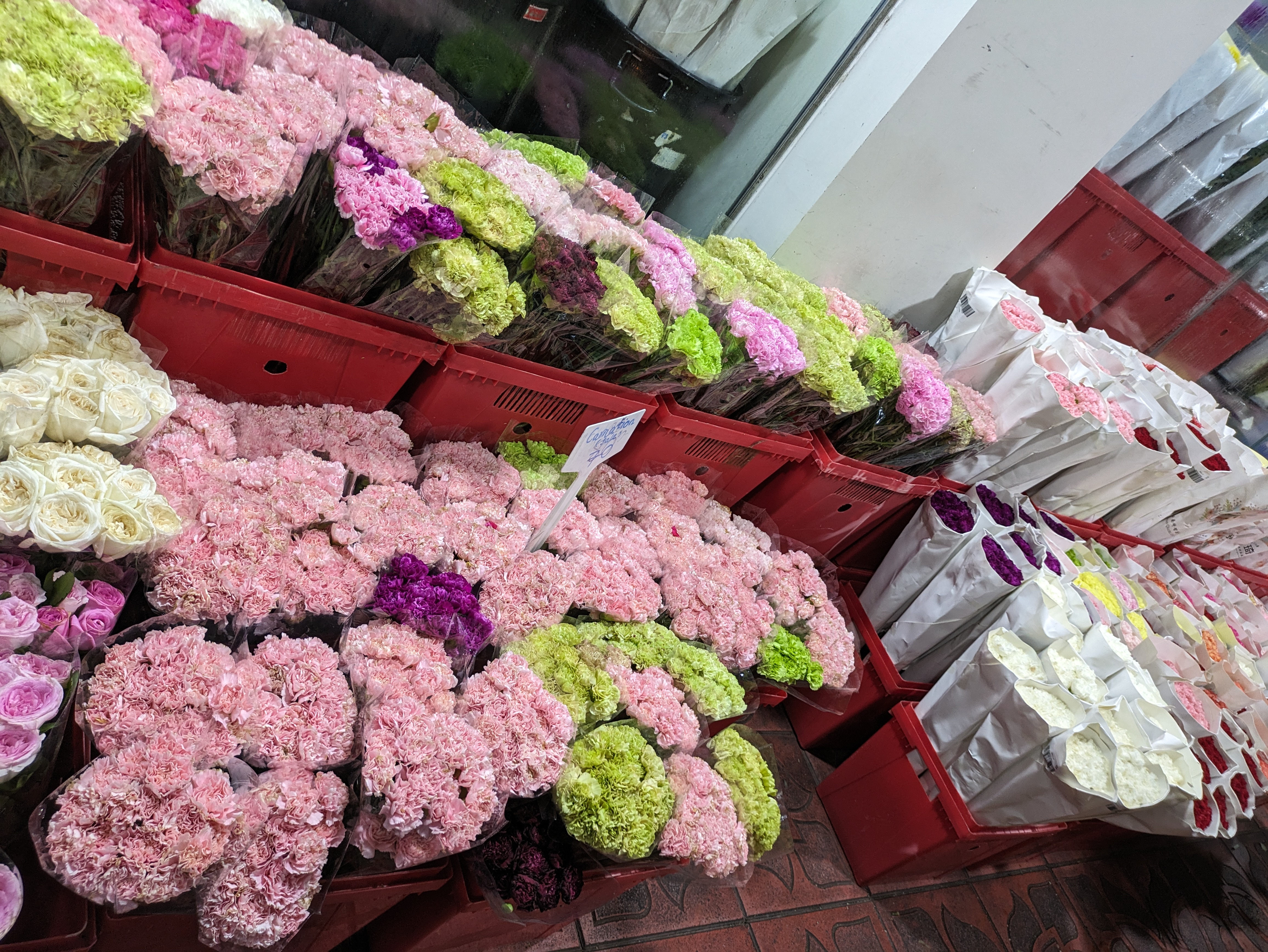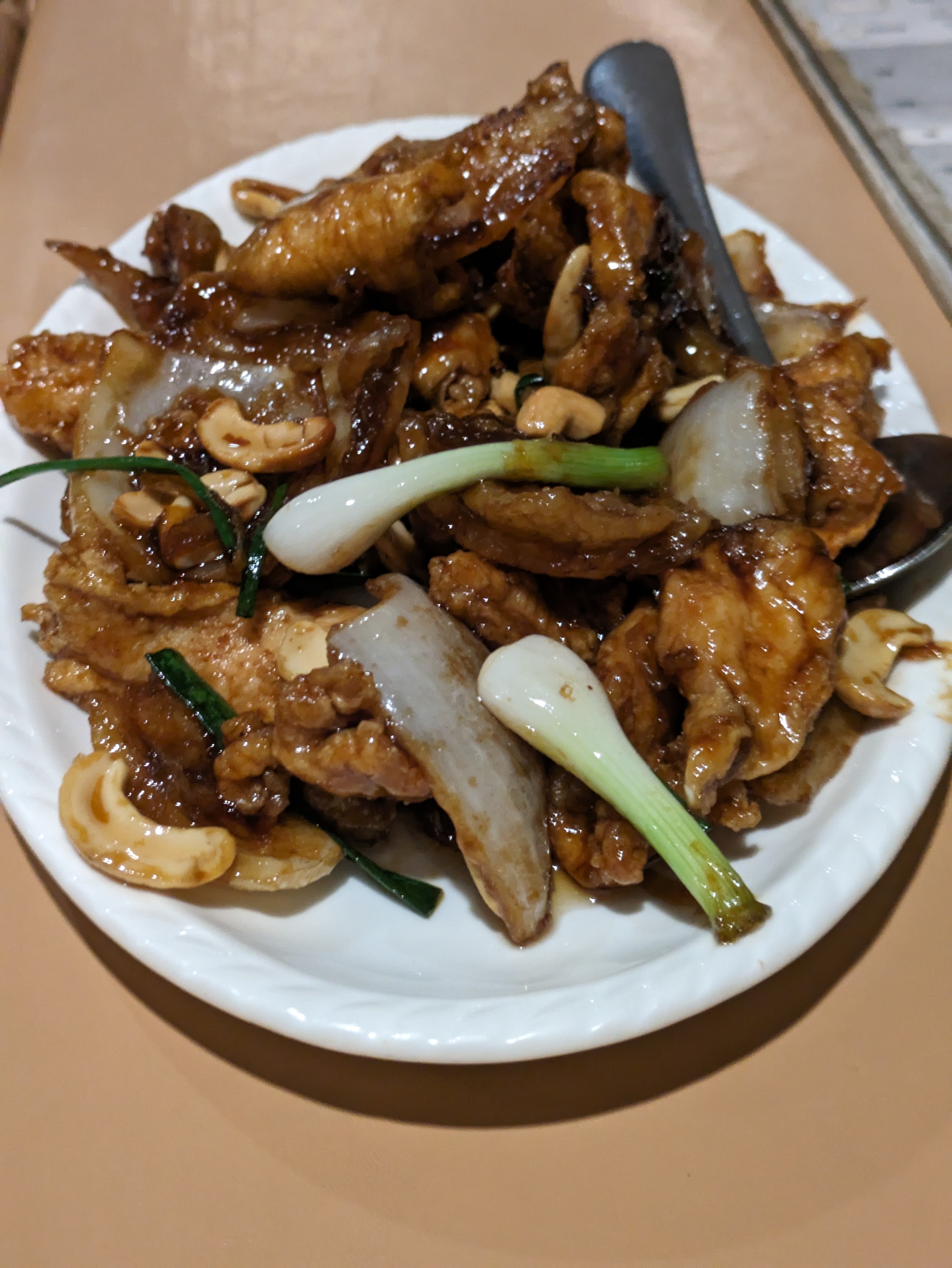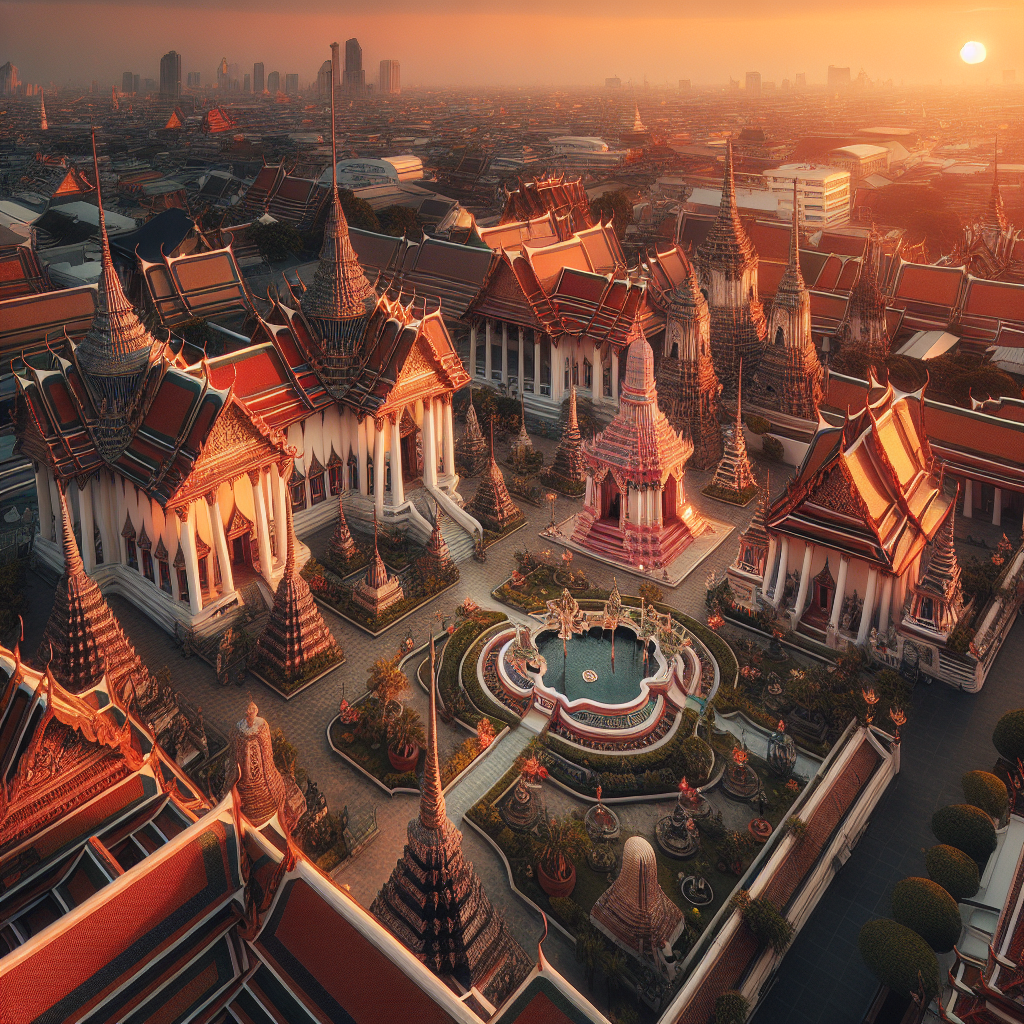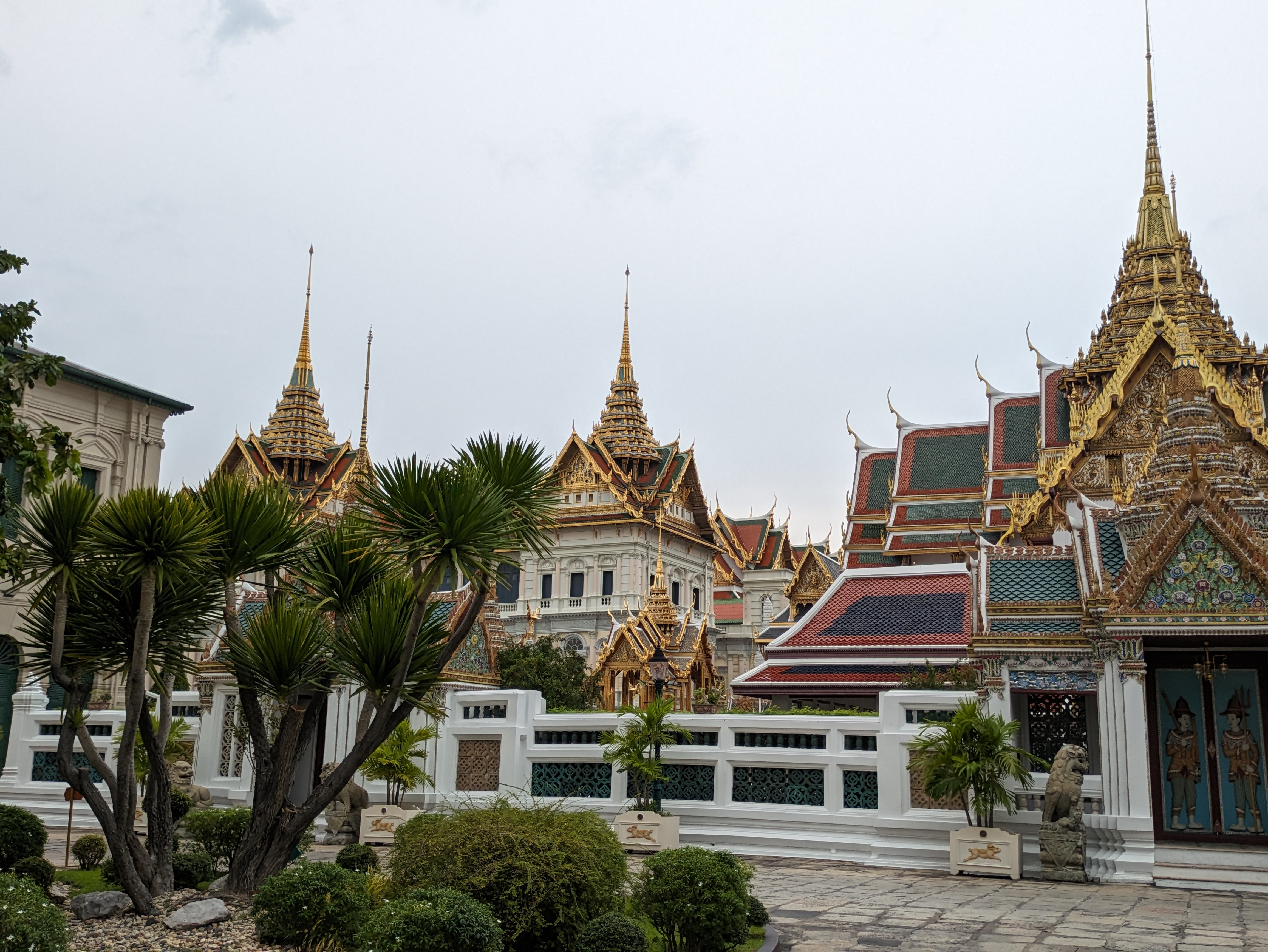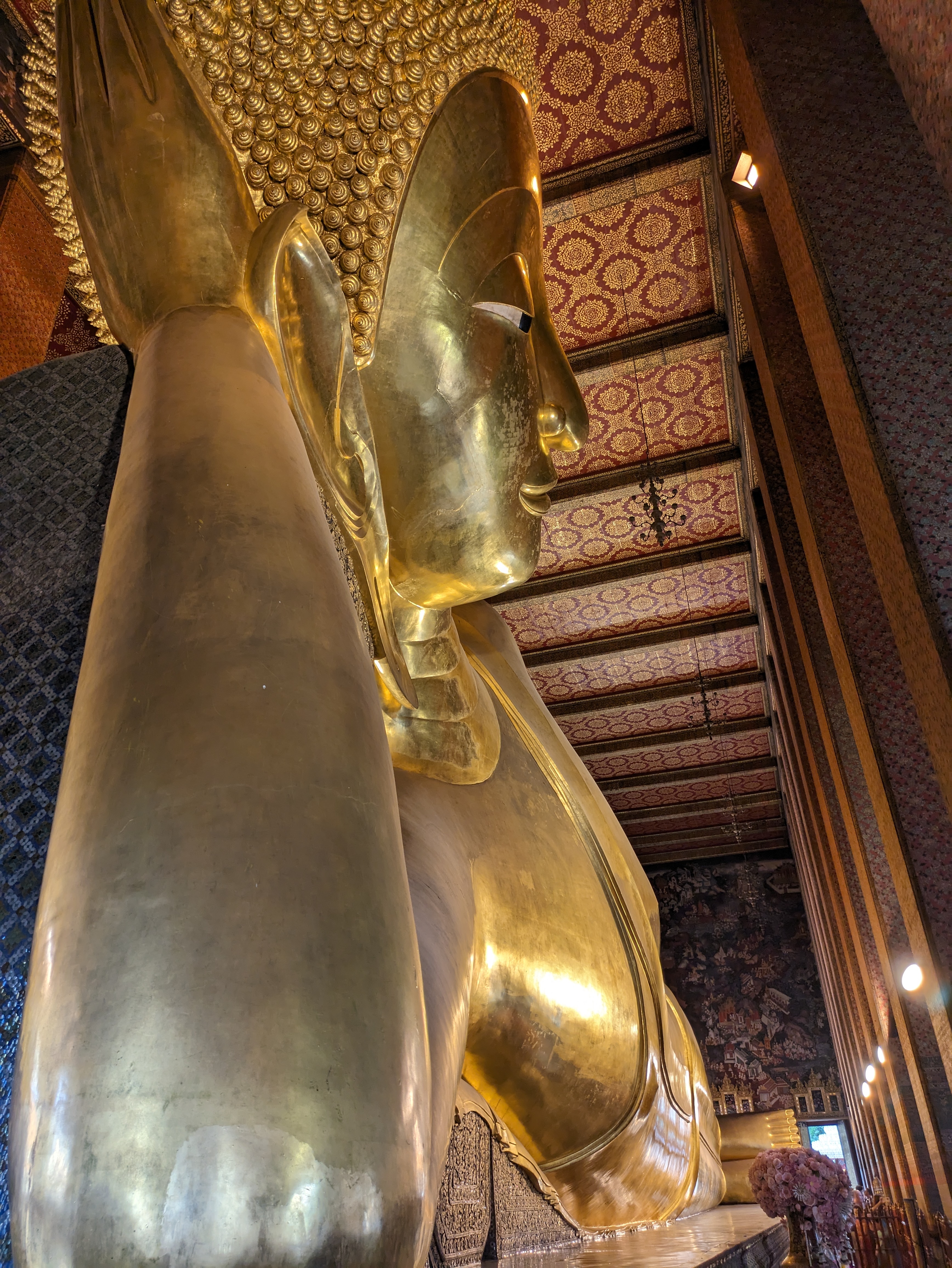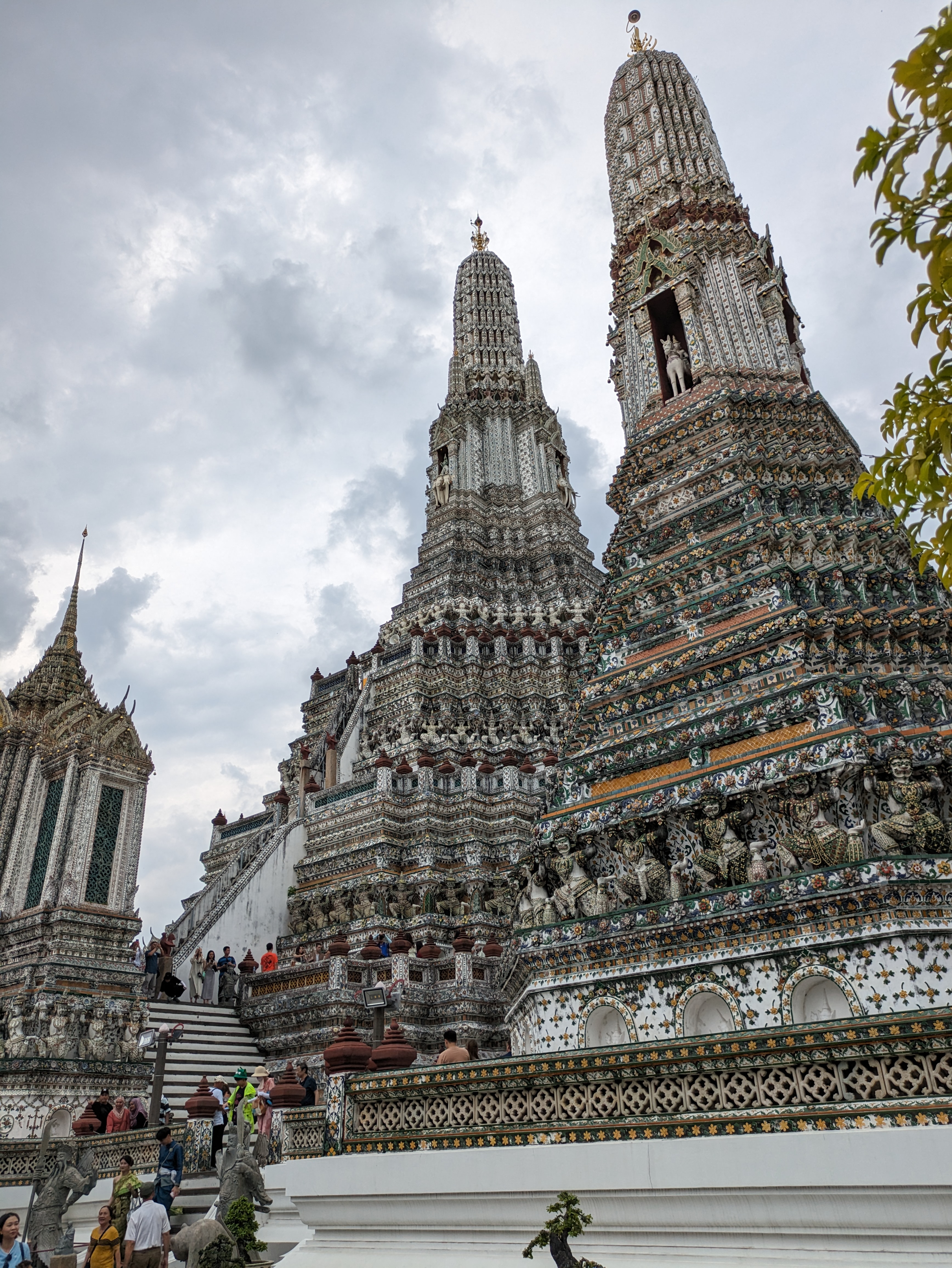Navigating Organization Restructure - The Imperative Role of Good Communication
Welcome to "Continuous Improvement," the podcast that helps businesses adapt, evolve, and thrive in today's ever-changing landscape. I'm your host Victor, and today we're discussing a critical component of any organizational restructuring: effective communication.
Restructuring is a necessary part of modern business. It allows companies to adapt to market changes, stay competitive, and embrace new opportunities. However, the success of any restructuring effort often hinges on how well communication is handled.
So, why is good communication so essential during times of change? Well, for starters, it reduces uncertainty. Organizational changes can create fear and worry among employees, stakeholders, and even customers. By providing clear and honest communication, management can alleviate some of these concerns and give people a better understanding of what the changes mean for them.
Another crucial aspect is building trust. When communication is inconsistent or nonexistent, the rumor mill takes over, and trust between management and staff can suffer. On the other hand, transparent and frequent communication fosters trust and confidence in leadership.
Effective communication also facilitates a smooth transition. When everyone is on the same page, collaboration becomes more efficient, adjustments can be made promptly, and the end-goal is reached more smoothly.
But communication doesn't end with internal teams. External stakeholders, such as shareholders, clients, and suppliers, are also impacted by major changes within a company. Timely and relevant information helps manage their expectations and maintain good relationships.
Now that we understand the importance of communication during restructuring, let's explore some strategies to ensure effective communication:
First, start early. As soon as the decision to restructure is made, communication should begin. Even if you can't disclose all the details initially, giving employees a heads-up that change is coming prepares them mentally and emotionally.
Second, be transparent and honest. While confidentiality may be necessary for some information, sharing as much as possible reduces speculation and helps employees understand the reasons behind the restructuring. Messaging should be transparent, coherent, and truthful.
Third, utilize multiple channels. Different people absorb information in different ways, so utilize mediums like email, intranet updates, town hall meetings, and one-on-one consultations to reach everyone.
Fourth, keep it two-way. Communication should not be a one-way street. Provide avenues for employees to ask questions, share concerns, or offer suggestions. This could be done through Q&A sessions, surveys, or suggestion boxes.
Finally, update regularly. Restructuring is often a process, not a one-off event. Continued updates help keep everyone informed about the progress and any changes to the initial plans.
Now, let's examine a real-life example. Recently, the company I work for underwent a restructuring process. Unfortunately, they chose to withhold information until the last moment. This approach resulted in a decline in employee morale and productivity. Skilled staff left the company, attrition rates increased, and trust between management and employees deteriorated. This lack of communication made the restructuring process more challenging and less successful.
In conclusion, as we navigate the complexities of modern business, organizational restructuring remains an essential tool for growth and adaptation. And the key to successful restructuring? Communication, done well and done often. It's not just about broadcasting a message; it's about creating dialogue, fostering understanding, and guiding a company and its people through the complexities of change. Good communication doesn't just make restructuring easier; it makes the organization more resilient, adaptive, and ready for whatever the future holds.
That's all for today's episode of "Continuous Improvement." Thank you for tuning in. Remember, effective communication is the foundation for successful organizational restructuring. Join us next time as we delve into more strategies and insights to help businesses thrive. Until then, stay adaptable and keep improving.



